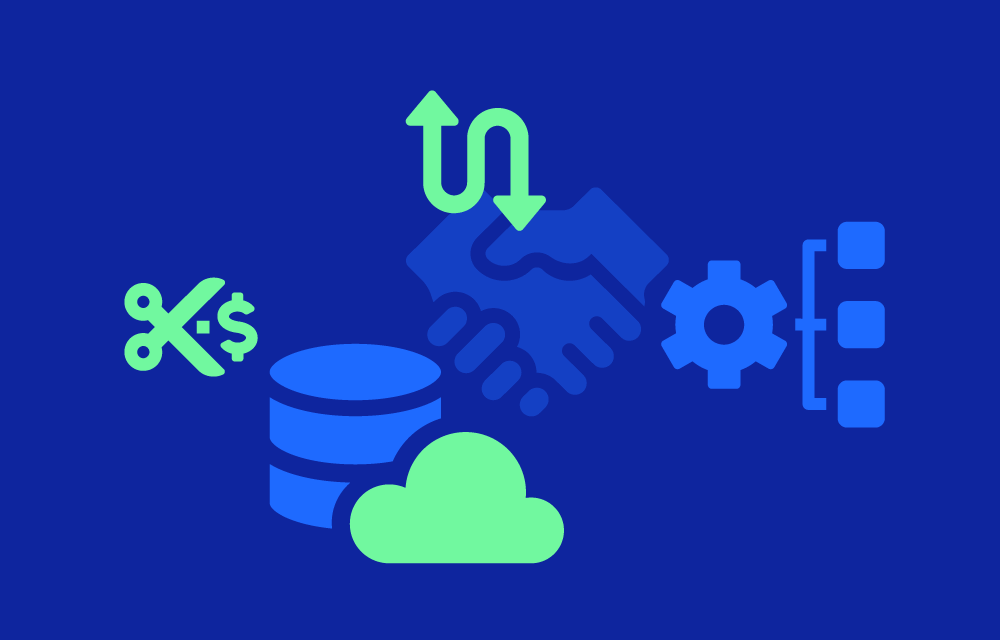History
The concept of commitment management in cloud computing began with Amazon Web Services (AWS) introducing Reserved Instances in 2009. This was followed by AWS launching Savings Plans in 2019, which offered more flexibility compared to Reserved Instances. Following AWS, other major cloud providers like Microsoft Azure and Google Cloud introduced similar commitment-based pricing models. Azure introduced its Reserved VM Instances in 2017, and Google Cloud launched Committed Use Contracts around the same time.
Market
The market for commitment management and savings plans is substantial and growing, driven by the increasing adoption of cloud services and the need for cost optimization.
The global cloud computing market was valued at approximately USD 371.4 billion in 2020 and is expected to reach USD 832.1 billion by 2025, with a significant portion of this growth attributed to cost optimization tools like savings plans (Grand View Research).
The four biggest cloud service providers offer commitment-based pricing models: AWS, Microsoft Azure, and Google Cloud. These providers dominate the market, offering various savings plans to help customers optimize their cloud spending.
Technology behind
Managing commitments leverage several key technologies:
- Usage Analytics: Tools that analyze past usage patterns to predict future needs.
- Cost Management Platforms: Software that integrates with cloud providers to track spending and apply savings plan discounts.
- Automation: Systems that automatically adjust resources to maximize savings while meeting performance requirements.
Value proposition
Savings plans offer several key benefits to organizations:
- Cost Savings: Significant discounts (up to 72%) compared to on-demand pricing.
- Budget Predictability: Easier financial planning with predictable costs.
- Flexibility: Options to choose different commitment terms and payment plans.
Challenges
Implementing and managing savings plans can present several challenges:
- Accurate Provisioning: Requires precise prediction of future usage to maximize savings.
- Commitment Risk: Committing to usage can be risky if business needs change.
- Management Complexity: Tracking and managing multiple savings plans can be complex and time-consuming.
- Performance and Data Integrity: Ensuring cost optimization without degrading performance or data quality.
Key features
- Term Options: Various commitment periods (e.g., one year, three years).
- Payment Options: Different payment structures (e.g., upfront, partial upfront, no upfront).
- Plan Types: Options for compute savings plans (covering all EC2 instances) and instance savings plans (specific to certain instance families).
Types of savings plans
- Compute Savings Plans: Provide the most flexibility, applying to any EC2 instance usage regardless of region, instance family, operating system, or tenancy.
- Instance Savings Plans: Offer higher savings but are more restrictive, applying to specific instance families and regions.
Use cases
- Enterprises: Large corporations use savings plans to reduce their substantial cloud costs.
- Startups: Small businesses benefit from predictable budgeting and cost savings.
- Public Sector: Government agencies utilize savings plans for cost-effective cloud infrastructure management.
How to use savings plans
- Analyze Usage: Evaluate past usage patterns to forecast future needs.
- Select Plan: Choose the appropriate savings plan based on usage predictions.
- Purchase Plan: Commit to the selected plan through the cloud provider’s platform.
- Monitor and Adjust: Continuously monitor usage and adjust as necessary to maximize savings.
Similar concepts
- Reserved Instances: Offer savings similar to savings plans but with less flexibility.
- Spot Instances: Provide cost savings for workloads that can tolerate interruptions.
- FinOps: Focuses on cloud financial management and cost optimization.



